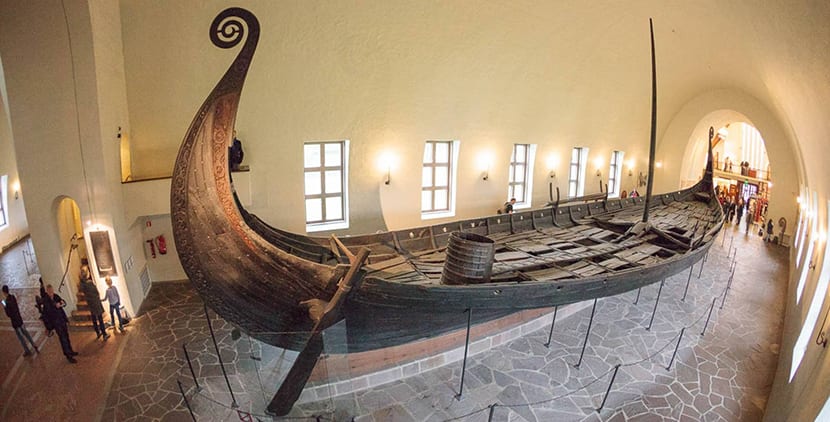
The Vikings They are protagonists of the history of Europe, and for some time now they are in fashion again for the fantastic TV series, Vikings. This has drawn attention to the Nordic countries and their culture and that is why today we will visit the Viking Ship Museum.
This museum is in Oslo, Norway, and is part of the Museum of Cultural History of the local university. Visiting it is a must if yours are the Vikings and their conquests because the original ships it houses are a true treasure.
Los vikingos
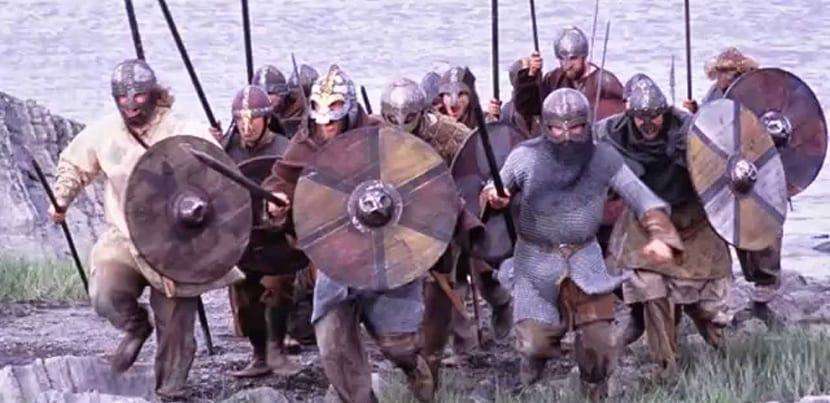
Vikings are a Nordic people who became popular in Europe in the XNUMXth century from their forays of looting. The monasteries were their favorite prey and their passage left their mark as their attacks were bloody and violent, even for the time. At that time the most central and strongest powers in Europe had not yet finished consolidating, so there was a situation of danger and lack of protection.
But beyond these wild forays it must be remembered that They are the ascendants of the Norman people, since many of them ended up settling in Normandy, France. And we already know how far the Normans went in Europe.

Los vikingos they wrote in runes, to date difficult to understand, so it is the archaeological remains and oral tradition that have allowed the tracing of its history. As they lived in an unfriendly geography, they were pushed into the sea, so they made water their element and preferred means of communication. Hence they were great navigators and it is even considered that they were the first to arrive in America.
The Viking era comes to an end around the XNUMXth century when Christianity finally settles in the northern region and a process of acculturation. Obviously, nothing dies and everything is transformed so, as we said above, they ended up in the powerful Norman people, from France, reaching Italy, Jerusalem and Kiev, in Russia.
The Viking Ship Museum
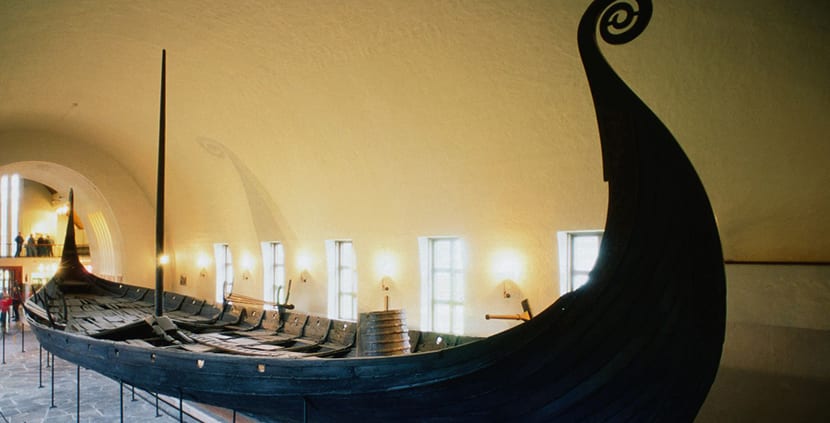
This museum has three treasures: three original viking ships that once crossed the sea. The first of them and the best known is the Oseberg ship. This Viking sailboat comes from a grave found on the homonymous farm in Vestfold County. The tomb also had the skeleton of two women and many utensils.
The ship dates from 834 AD but parts of it are a bit older. The burial mound was excavated at the beginning of the XNUMXth century.
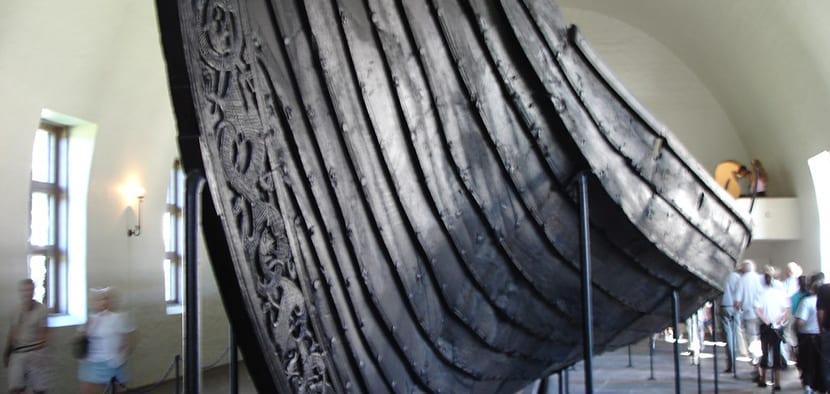
The ship it's all oak. You have 21 meters long and 58 meters wide with a mast between nine and ten meters high more or less. It has about fifteen pairs of holes so it is thought that there were some 30 rowers. It has an iron anchor, the stern and the bow are decorated with complicated carvings and it is estimated that the ship it could have reached 10 knots of speed.
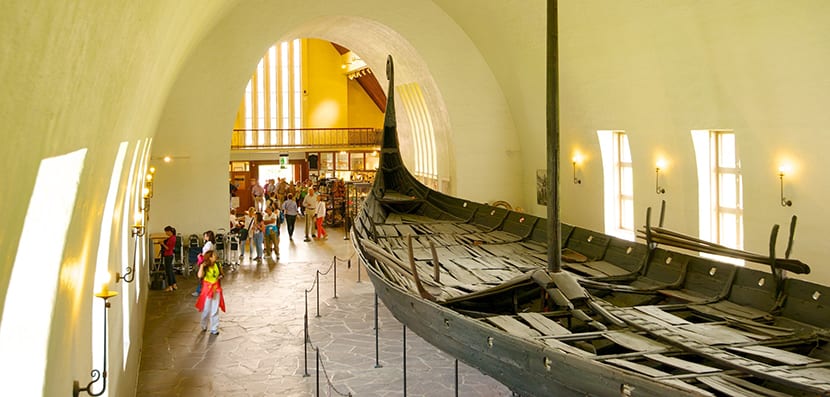
We might think that because this ship was found inside a tomb, it never saw the sea, but this is not the case. All the Viking ships in the museum actually sailed before being brought ashore and made into burial offerings. The excavation and restoration process for this particular nave took 21 years in total. The boat had to be drained and dried perfectly, but very slowly, before being able to join it and repair its parts with original wood, 90%.

Similar attention was also drawn to the other two Viking ships that the museum keeps: the Gokstad Ship and the Tunas Ship. The Gokstad was found in a royal tomb located on the homonymous farm in the Sandefjord municipality, in the fall of 1879, by two teenagers. Archaeological excavation began in 1880 and it soon became clear that the site was important.
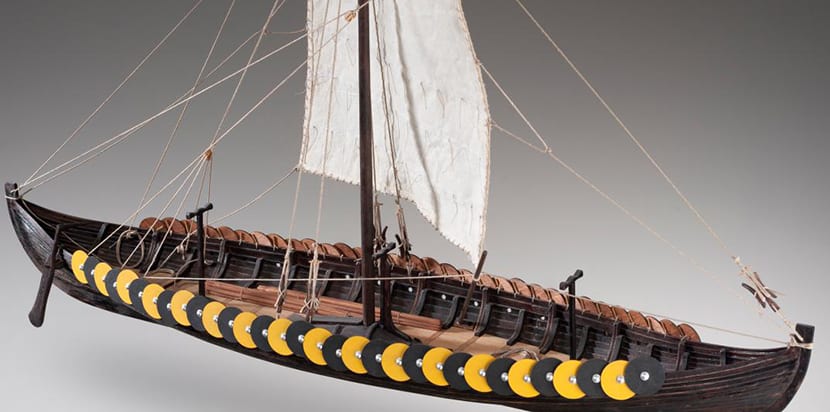
Around the ship there was a wall five meters high and a diameter of 45 meters so the mound was huge. The clay that enveloped the ship rotted the two upper decks and the bow and stern posts but is otherwise very well preserved thanks to the subsequent restoration process in which it was dismantled and reassembled.
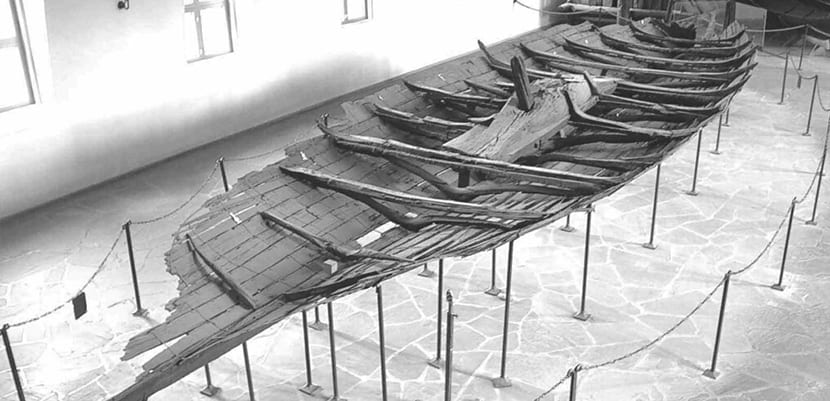
The other Viking ship in the museum is the so-called Tuna boat, which is supposed to be a fast ship that transported people from one side to the other. It was found in 1867 on a farm in Nedre Haugen, on the island of Rolvsoy, near Fredrikstad and it was the first Viking ship to be found and preserved. This tomb was also huge, about 80 meters in diameter and four meters high, one of the largest in Norway.
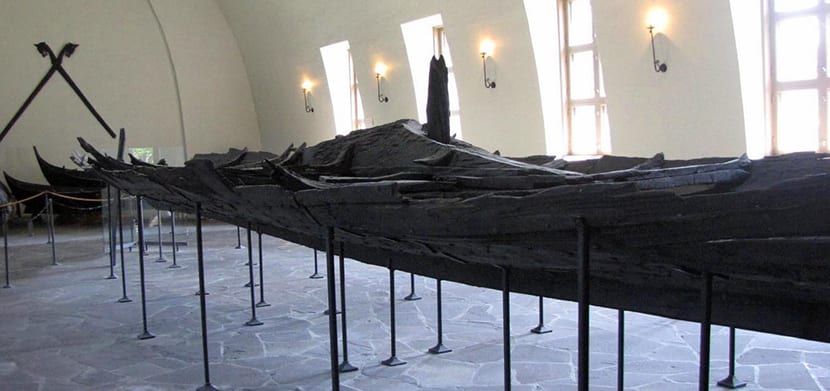
The excavation was carried out when modern archeology had not yet developed many methods, so once found the ship was removed too quicklySo the man that was inside him buried and some of his things were damaged or lost. It is the smallest of the three Viking ships in the museum but it is considered to be the longest, with almost 19 meters perhaps.
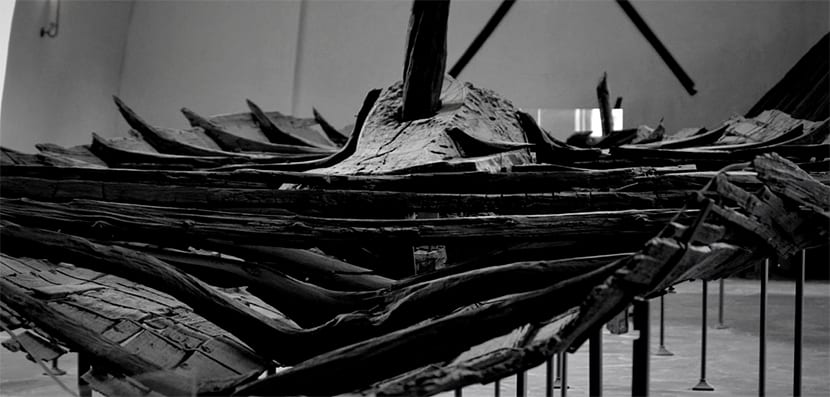
It is estimated that it was built around the year 910, in oak, and that had 12 rowers per side. It was probably fast, very good in rough seas, though without significant carrying capacity. That is why it is speculated that it could have been used to carry valuable things such as glass, slaves or things that did not weigh much.
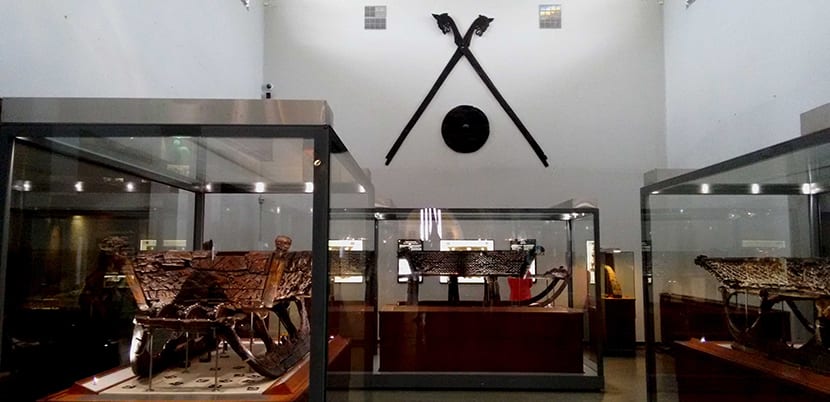
The visit to the three ships is complemented by the quantity of objects from the three tombs on display, and that open our eyes to the Viking past. From everyday objects to weapons or religious utensils.
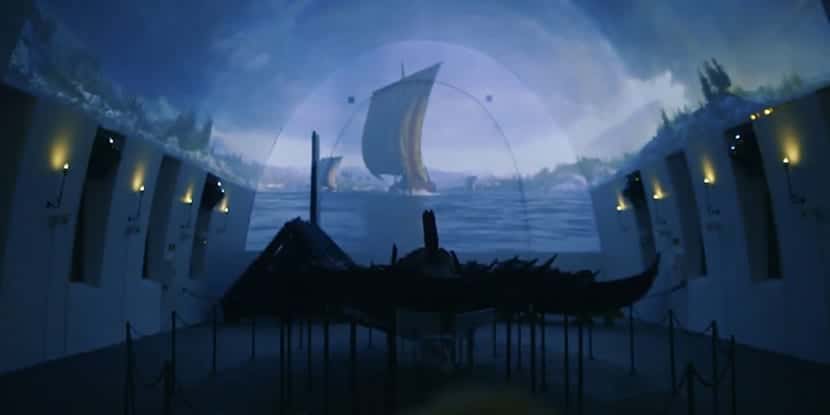
Also, three times an hour the museum offers a trip to the Viking Age through a film called Vikings Alive, which is projected on the ceiling of the museum. Vikigns Alive consists of a five-minute main film and two documentary films. Finally, the museum also offers us a gift shop where to buy souvenirs, books and much more. And outside there is a cafeteria that is a good place for talks about the Viking experience under the summer sky.
Practical information to visit the Viking Ship Museum
- There are no guided tours organized by the museum but yes by third parties. You can also download a free audio guide application on your mobile, in the museum, since there is WiFi, or from your home by visiting the website.
- The museum has two floors and the exhibition area is suitable for wheelchair, except for the upper balconies. The main entrance is also accessible, although the door is heavy. Side entrances are for staff only. Inside there is a wheelchair lift and special toilets.
- The museum Opens every day. From May 1 to September 30 it does it between 9 am and 6 pm; and from October 1 to April 30 from 10 am to 4 pm. Closed on January 1, February 6 and 13.
- The museum charges an entrance fee of NOK 100 per adult and NOK 80 for over 65s. These tickets are worth 2 x 1, that is, they allow you to enter two museums, the one of the Viking ship and history Museum, for 48 hours. They are not sold online.
- The museum is at Huk Aveny 35, 0287 Oslo.